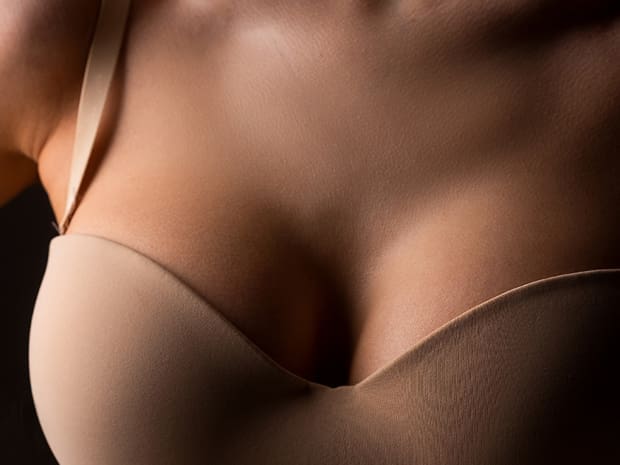From traditional saline and silicone to innovative gummy bear implants, each breast implant offers unique benefits to suit individual preferences and anatomical considerations.
Saline Breast Implants
Saline breast implants, filled with sterile salt water, offer safety and adjustability. They can be a set fixed volume or an expander type of implant, most commonly used in reconstructive cases. Expanders are inserted empty and filled once in place, they allow for volume customisation, aiding in achieving symmetry. Despite their adaptability, they may feel less natural than silicone implants and have a higher risk of rippling.
Silicone Breast Implants
Silicone breast implants are favoured for their natural feel, closely resembling breast tissue. Pre-filled with a thick silicone gel, they maintain their shape even if the shell is compromised. The viscosity of the gel can vary depending on the implant type allowing a softer more natural feel or a stiffer implant resulting in increased firmness.
Cohesive Gel Silicone Implants (“Gummy Bear” Implants)
Gummy bear breast implants are notable for their stability and shape retention, made from a denser silicone gel. Less prone to rupture, they provide a natural contour but may require a larger incision for placement. Their unique composition offers a balance between form and function.
B-Lite Implants
B-Lite implants represent a pioneering advancement in the field of breast augmentation, offering a lighter alternative to traditional silicone breast implants. Utilising innovative microsphere technology, B-Lite implants are designed to reduce the gravitational stress on breast tissue, providing a comfortable and more resilient solution for patients.
Their unique composition ensures durability while maintaining the natural feel and aesthetic appearance desired in breast augmentation procedures. As a result, B-Lite implants are an excellent choice for individuals seeking the benefits of enhancement with minimised physical burden.
Alternative Breast Implants
Alternative breast implants, such as those filled with soy oil or utilising polypropylene strings, present unique options beyond traditional materials. While offering diverse tactile experiences, their long-term safety and effectiveness vary, necessitating a thorough discussion with your surgeon to gauge their appropriateness for your needs.





